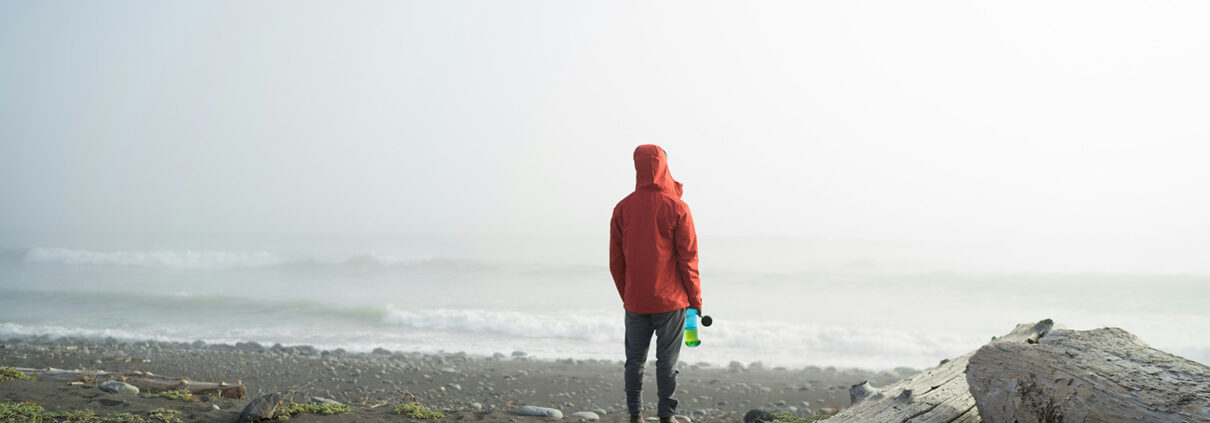On March 29, the Ocean Science Trust held a symposium in Eureka, CA to explore innovative insurance and climate finance strategies to enhance coastal resilience in Wigi, also known as Humboldt Bay.
This symposium builds upon OST’s efforts to explore the potential for insurance and other climate financing mechanisms to work together with nature-based solutions to bolster coastal resilience in California. As part of this effort, OST is partnering with the California Department of Insurance to launch pilot projects across the state that will test these strategies to serve as a proof-of-concept. OST has been hosting a series of symposiums across the state to bring together local practitioners, scientific experts, including from the insurance and finance sectors, and decision-makers to start to break down silos between these sectors, build a shared language for risk at the local level, and to explore potential pilot projects.




